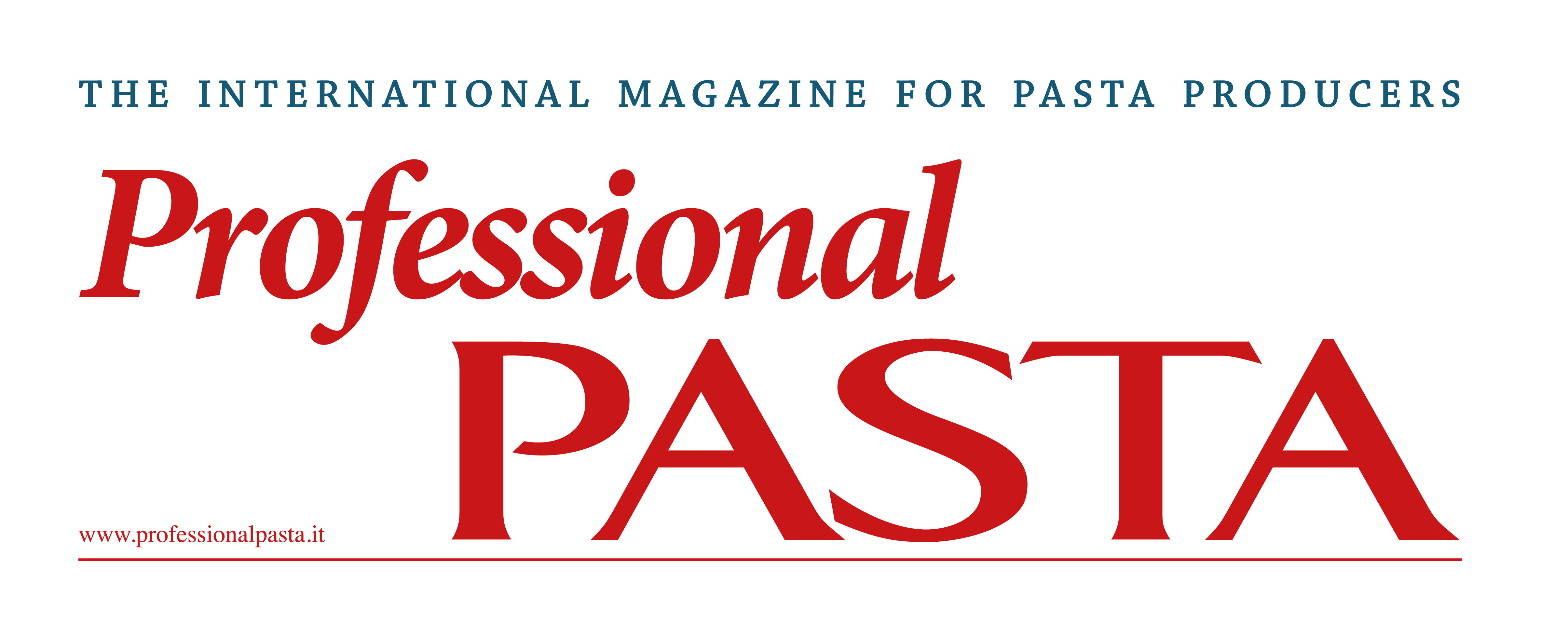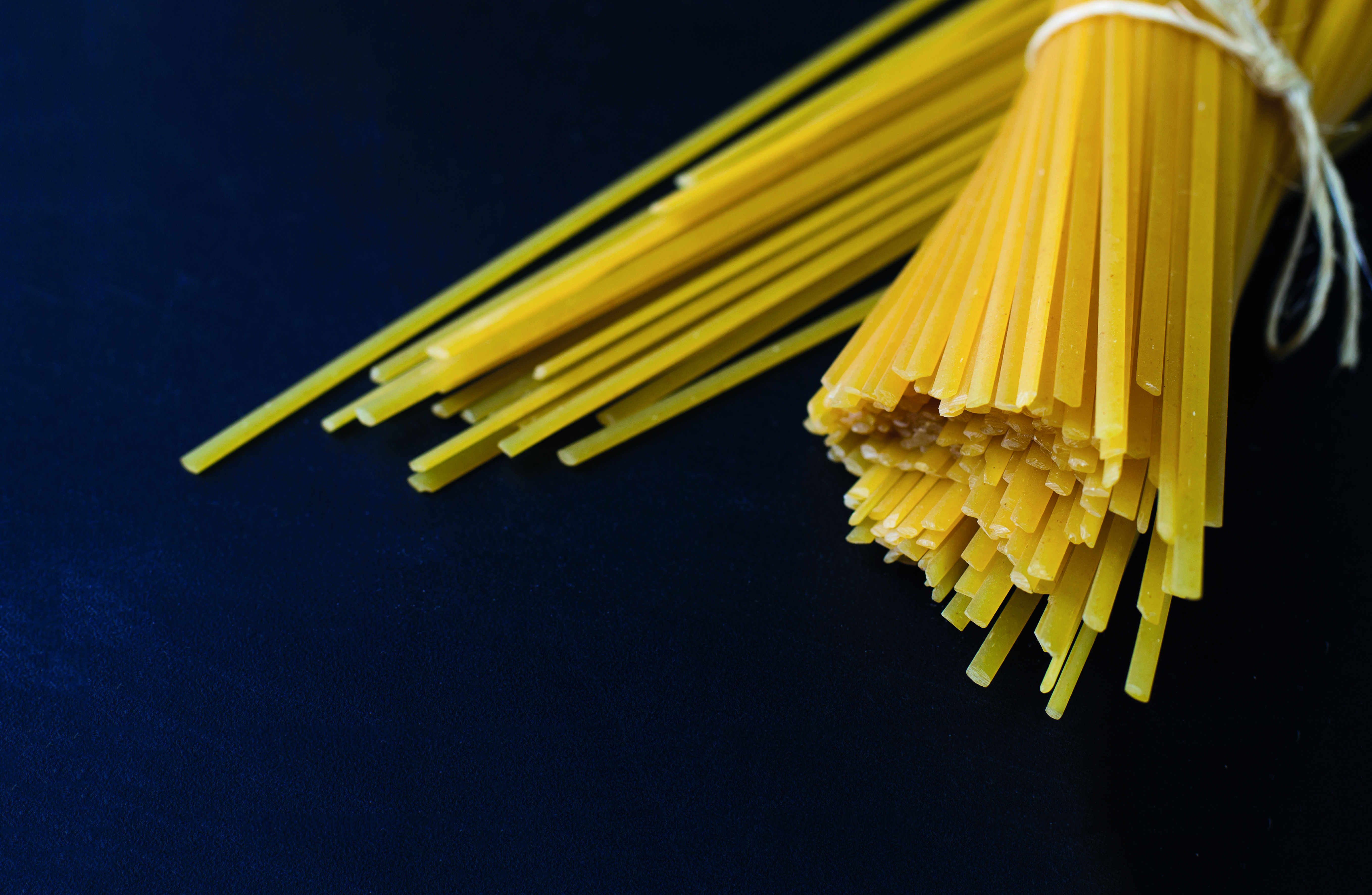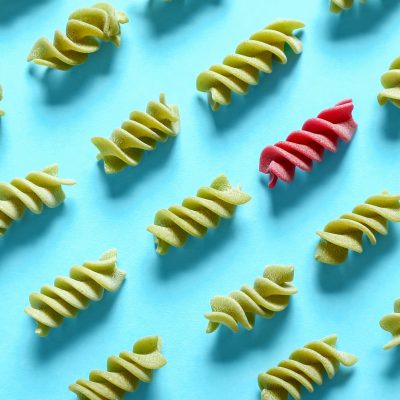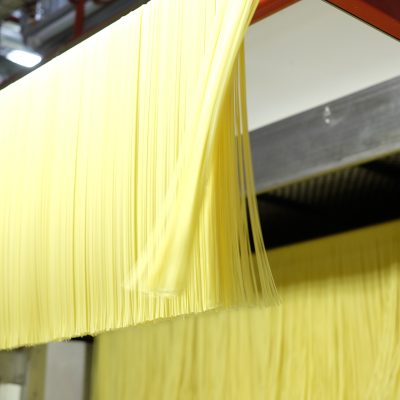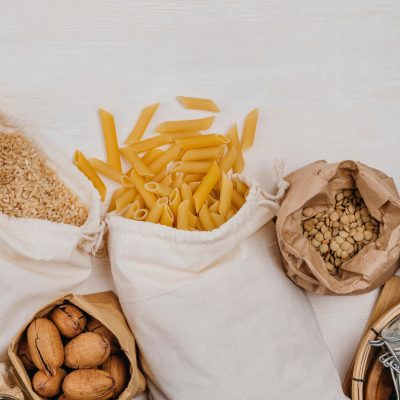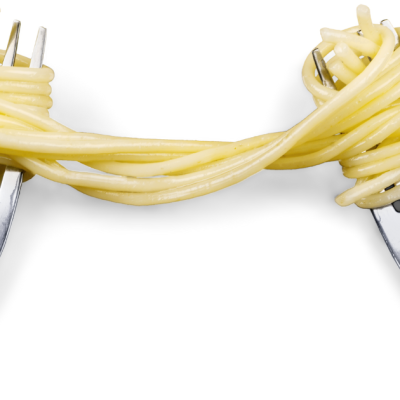Pasta: does the high price nightmare continue?
The latest indexes show that the “producer prices” of “pasta, cous cous and similar flour products,” according to the ISTAT definition, if compared to January 2023-May 2023 (last available month) decreased by -0.3%. Along with this, “consumer prices” of “pasta and cous cous,” if compared to January 2023-June 2023 (last available month) increased by +2.6%, while when compared with January 2023- May 2023 they increased by +2.0%. Trend comparisons over the last 12 months show that producer prices for “pasta and cous cous” increased between May 2022-May 2023 by +4.7%, while consumer prices increased between May 2022 and May 2023 by +13.5% and between June 2022 and June 2023 by +12.1%. In short, even if the reference periods change, and far from any supply chain controversy (given the fluid and complex period it is going through), an emerging phenomenon appears: ex-factory pasta prices have shown lower trends than consumer prices.
Therefore, the controversy over the high-price trends on the shelves, which in mid-July also led to ministerial discussions on the subject with producers, appears to be offtopic. Yet, the entire food and beverage world is inappropriately involved in the controversy on inflation. Indeed, it should be added that, generally speaking, the producer prices of the aggregate food industry
remained completely static over the period January 2023-May 2023, with +0.0%, while the consumer prices of “food and non-alcoholic beverages” increased by +4.4% and those of “alcoholic beverages” by +2.6% over the period January 2023-June 2023. On a period of twelve months, i.e. from May 2022 until May 2023, the producer prices of the food industry rose by +7.4%. Besides, consumer prices of food and non-alcoholic beverages rose by +11.2%, from June 2022 until June 2023, and by +11.8% from May 2022 until May 2023.
Finally, consumer prices of alcoholic beverages rose by +7.3% from June 2022 until June 2023, while they rose by +7.4% from May 2022 until May 2023. In short, despite some approximations related to the not entirely homogeneous food sectors of reference, data show that consumer prices of the two food and beverage sectors have been steadily accelerating month after month in the first half of the year, as opposed to the absolute producer price stagnation in the industrial food aggregate. Is this due to an inventory effect? Maybe, but how many months can this last? Or is this due to “laziness” in adjusting price lists to compensate for the profit reduction suffered in 2022/23 even by the last link in the food chain? Meanwhile, in the first five months of the year food sales fell by -4.7% in volume compared to the same period of 2022, while they rose by +7.3% in value, with a price effect differential of 12 points. However, figures reveal also another phenomenon, which might become a structural problem.
Subscribe to the magazine to read the full article

